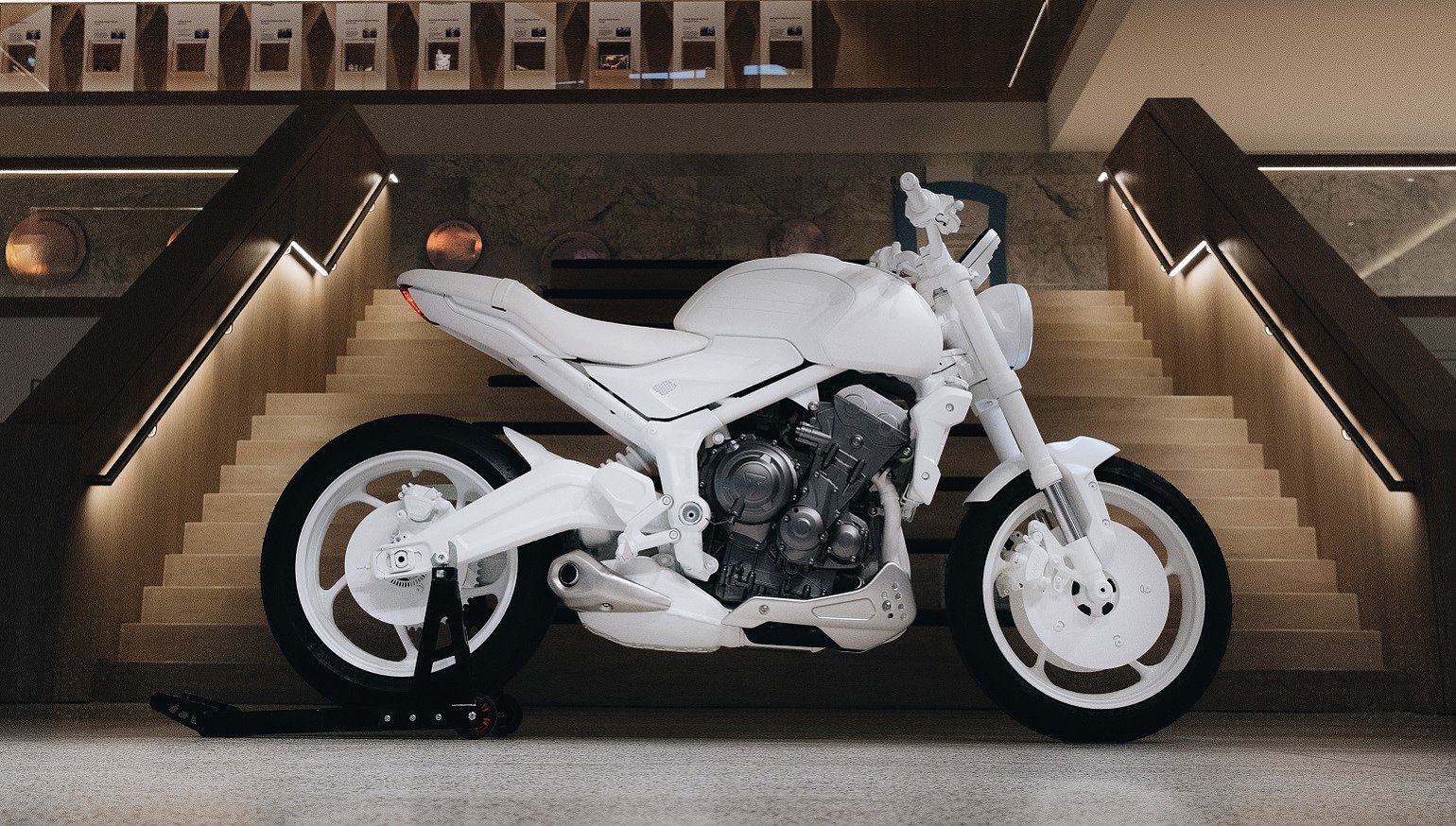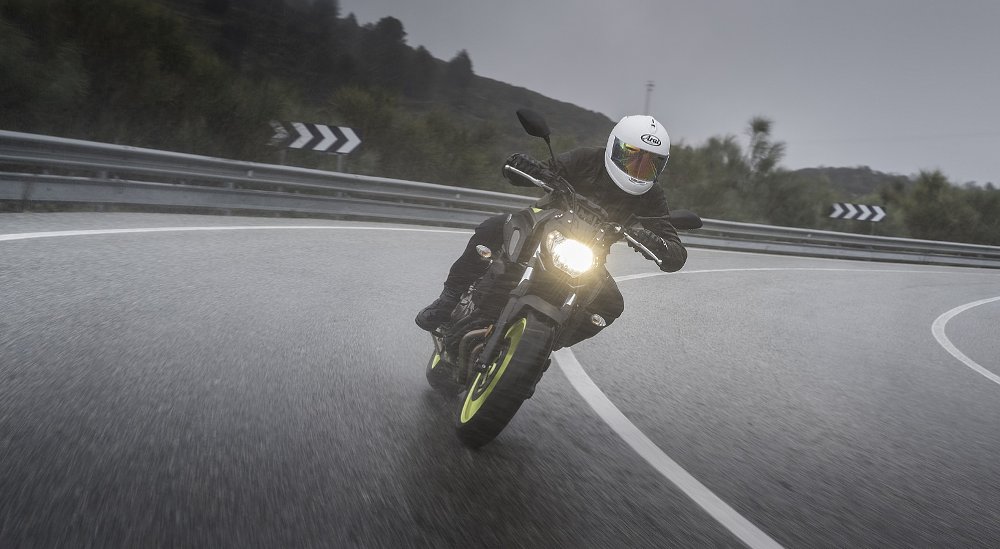The popular middleweight street bike class will have a unique new entry next year as Triumph returns the Trident name to the lineup.
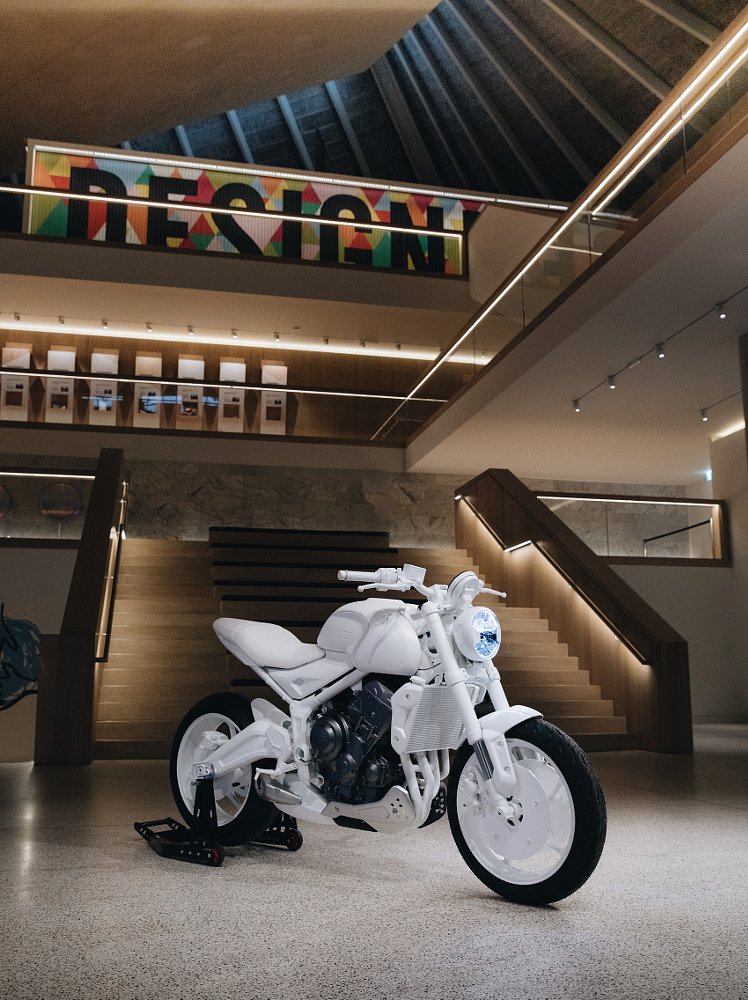
The Trident, which has been four years in the making, will provide another flavor in the middleweight lineup, pitting a triple against twin-cylinder competition such as the Yamaha MT-07 and Kawasaki Z650 and the four-cylinder Honda CB650R. Those are just the competitors Triumph named, though if you expand your view a little, you could also include several other bikes, ranging from the Suzuki SV650 at the lower end of the price scale to the KTM 790 Duke at the high end, as well as style alternatives such as the Yamaha XSR700. In other words, it's a very competitive class.
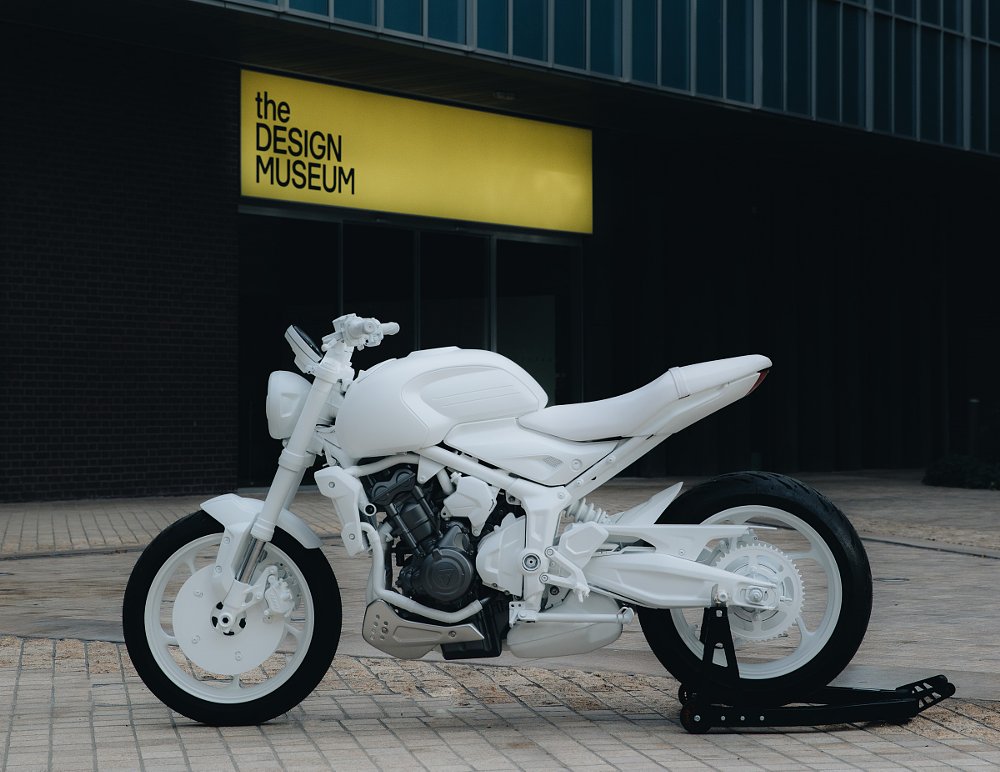
It's also a popular and important class. Get a bike like this right and it's a chance for a company to create a loyal customer. In a perfect world, I'd like to see new motorcyclists start out on something used as a first motorcycle and then choose something from this class as their second ride. Triumph is thinking along the same lines.
While the company expects some Trident customers to be experienced motorcyclists looking for a good, all-around street bike, "For a lot of people this will be their first new big bike," said Perkins. If you buy your first new motorcycle and are satisfied with it, you could well become a loyal customer of the marque.
In the UK, a restricted-power version of the Trident will be available for newer riders with an A2 license.
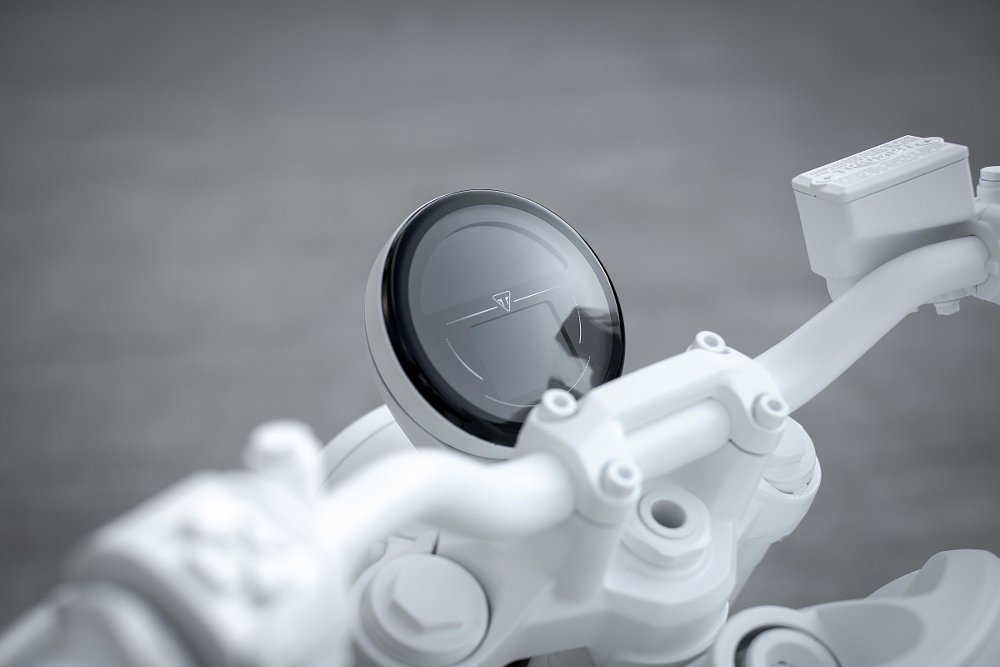
Standard but not boring
The styling of the Trident prototype features neither the tacked-on-scoops look of the MT-07 nor the retro cues of the XSR700, to use the two Yamahas as examples. Instead, Chief Product Officer Steve Sargent described the look as "The timeless call of our Speed Twin married to the muscular stance of our Speed Triple." That means comfortable and neutral ergomonics with some styling touches to keep it from looking bland. Expect the knee cutouts on the tank to survive on the production model. A swingarm-mounted plate carrier will keep the tail slim, though it isn't shown on the prototype. Those won't be universally loved styling features (nothing is universally loved), but I don't think the Trident will be mistaken for any of its competitors.
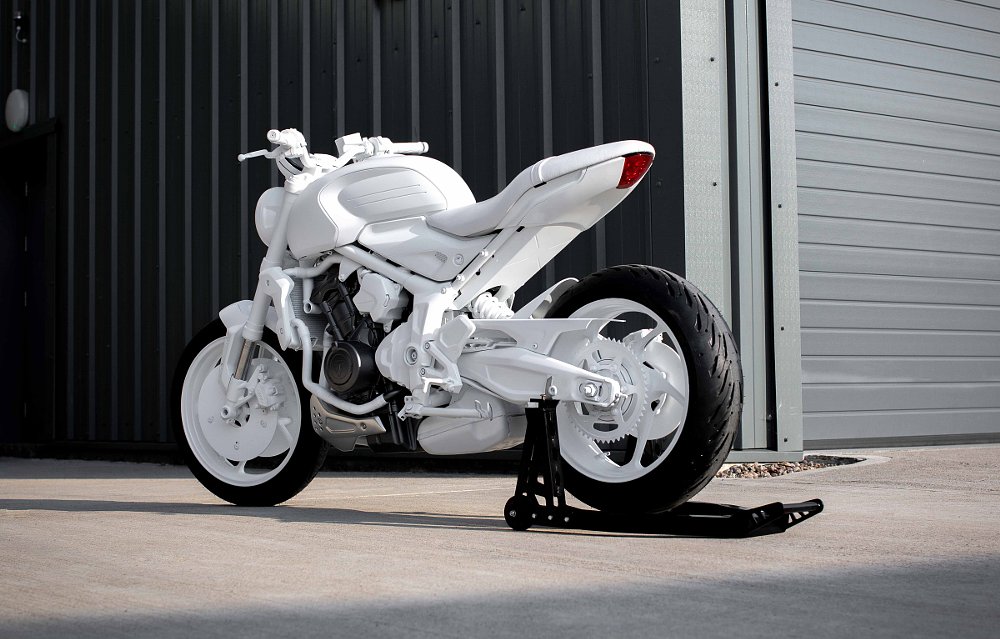
For what it's worth, the prototype "is very close to the look of the final bike," Sargent added.
Performance and price will be important, too, as the middleweight competition provides quality for the money. Triumph revealed virtually no details on brakes, suspension or the engine, including displacement, except to say it will be based on the 675 cc triple, which I can personally vouch is a sweet powerplant.
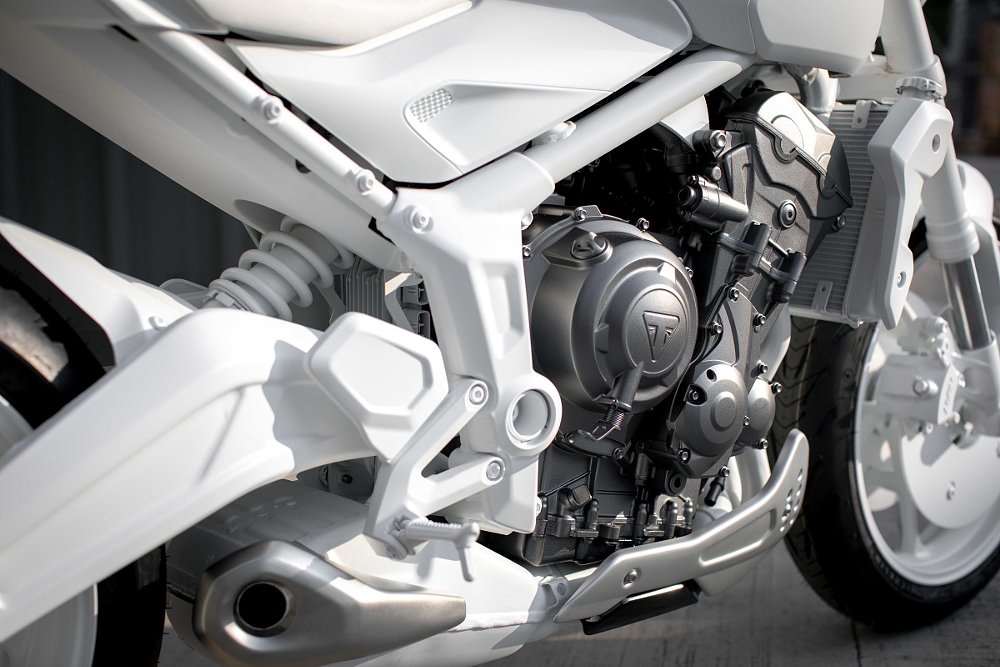
Since Triumph is promising "class-leading technology," we can expect ABS for certain and at least some level of traction control, which would match the Honda CB650R. Will we get ride modes, too? Will that small, round instrument gauge remain? Will it be LCD or TFT? We'll have to wait and see.
Then there's price. The three Japanese competitors Triumph cited (including only models with ABS) range in price from $7,599 for the Yamaha MT-07 to $9,199 for the Honda CB650R. That's the range Triumph has to hit to keep its promise of making the Trident competitive.
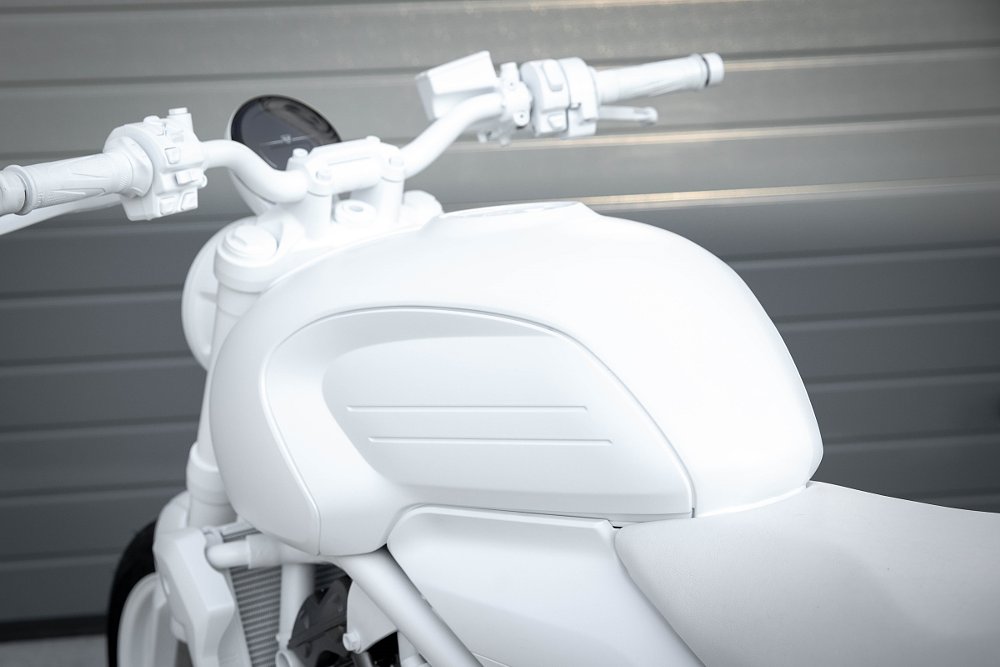
The Trident, chapter three
The Trident name both emphasizes the unique selling point of the new model — a three-cylinder engine — in its competitive class and also draws on Triumph heritage.
"This marks the return of a legendary Triumph motorcycle name," Perkins said. The name was first used when Triumph unveiled a 750 cc three-cylinder Trident in 1968. The Trident was smoother and more powerful than Triumph's twins and had some serious racing success, with versions of the bike winning the Daytona 200 and the Isle of Man TT, where a bike named "Slippery Sam" won the 750 production class five straight years. But in the street market the Trident was overshadowed by the Honda CB750, which came out shortly thereafter and was seen by most riders to be more advanced, with features like a front disc brake and overhead cam instead of the Triumph's drum brake and pushrods.
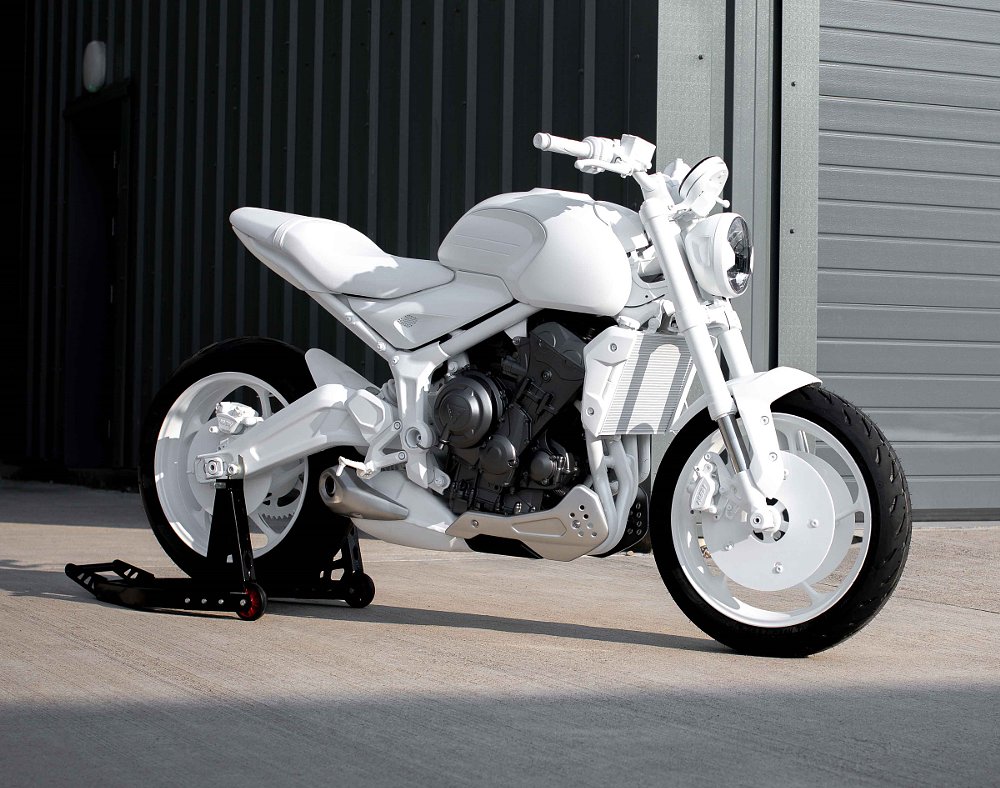
Less famously, the Trident name also played a significant role again two decades later, after John Bloor bought the remains of Triumph and built the all-new company that we know today. The first new Hinckley Triumphs (as they were known for the location of the factory) were multiple models built around variations of the same liquid-cooled three-cylinder engine. When the new Triumph launched in 1991, the unfaired, standard Trident, in 750 and 900 forms, was the first model, along with the full-fairing Daytona sport model. Those models were, intentionally, nothing like the old Triumphs and began building a new reputation for the Triumph name, leading to today's success. While the Trident was eventually squeezed out of the lineup by the more stylish Speed Triple, the model is now back for a third act as a less expensive alternative slotting in below the Street Triple.
As the Street Triple has grown in displacement, complexity and price, Triumph has not had an offering for new riders or riders buying their second motorcycle, except for the retro-styled Modern Classics. Meanwhile, young riders have gravitated to this segment because of its performance for the price, as seen by the popularity of the MT-07.
We'll have to wait a little longer for details, but the Trident is poised to add a third alternative to the twins and the four in one of the key classes in motorcycling.




